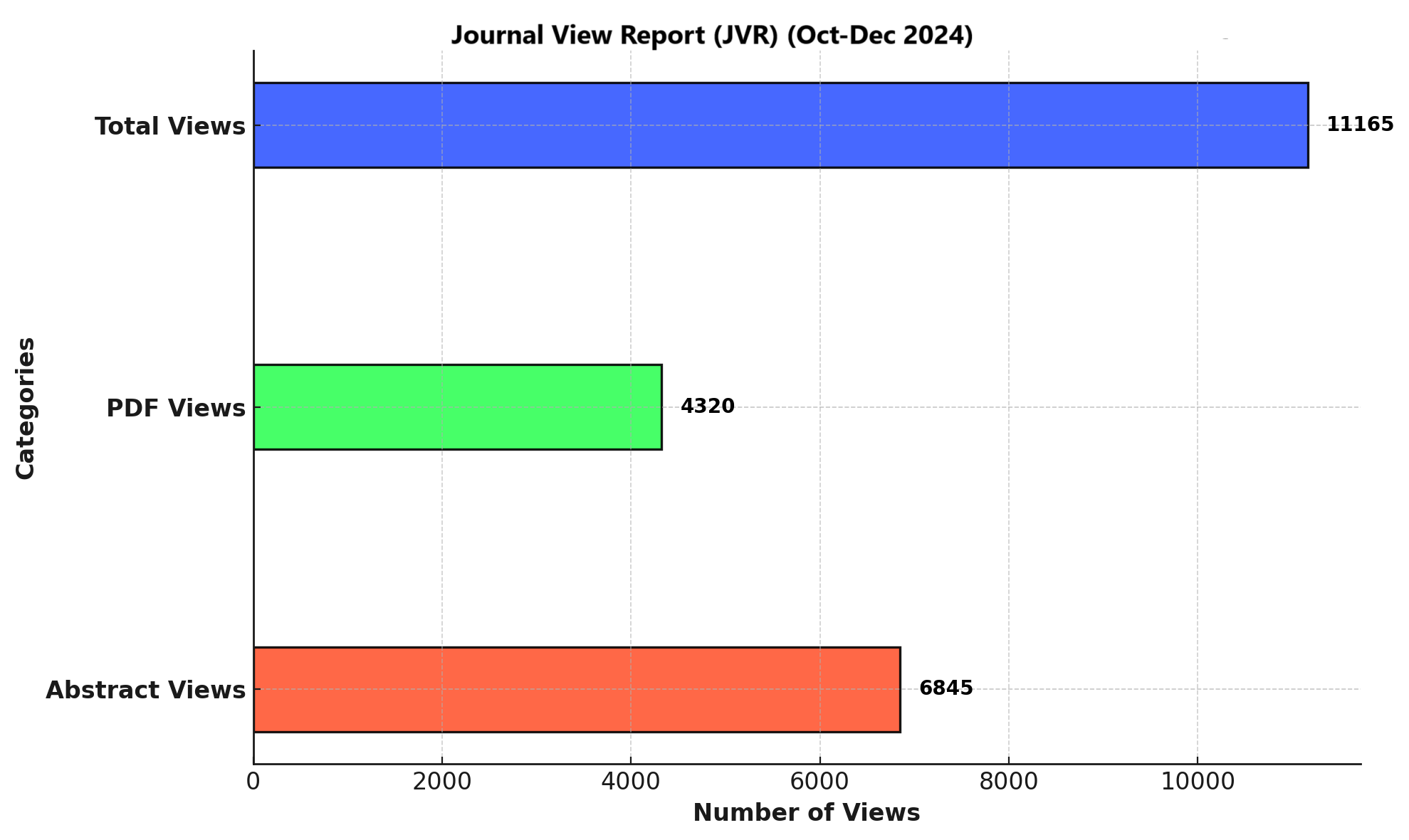EFFECTS OF SUSTAINED NATURAL APOPHYSEAL GLIDES WITH AND WITHOUT PILATES ON PAIN AND RANGE OF MOTION IN PATIENTS WITH LUMBAR DISC BULGE
DOI:
https://doi.org/10.71000/hmwgs240Keywords:
Exercise, Flexibility, Lumbar Disc Bulge, Manual Therapy, Pain, Pilates, Range of MotionAbstract
Background: Lumbar disc bulge is a common musculoskeletal condition that leads to pain, restricted movement, and functional limitations, impacting activities such as bending, lifting, and prolonged sitting. This condition can contribute to immobility and disability, significantly affecting the quality of life. Effective rehabilitation strategies are crucial to restoring spinal function, improving range of motion (ROM), and reducing pain. Manual therapy techniques such as Sustained Natural Apophyseal Glides (SNAGS) and movement-based exercises like Pilates have been explored as treatment options to enhance spinal mobility and relieve symptoms.
Objective: To compare the effects of Sustained Natural Apophyseal Glides (SNAGS) with and without Pilates on pain and lumbar range of motion in patients with lumbar disc bulge.
Methods: A randomized clinical trial was conducted at Bakhtawar Amin Hospital, Multan, over eight months following approval from the ethical council of Riphah College of Rehabilitation & Allied Health Sciences. A total of 44 participants were randomly assigned to Group A (SNAGS with Pilates) or Group B (SNAGS alone) using a lottery method. Group A received SNAGS, Pilates, transcutaneous electrical nerve stimulation (TENS), and therapeutic ultrasound, while Group B received SNAGS, TENS, and therapeutic ultrasound. Pain was assessed using the Numeric Pain Rating Scale (NPRS), and lumbar ROM was measured using an inclinometer. Data were analyzed using SPSS version 26.
Results: Statistically significant improvements were observed in both groups for pain and ROM (p = 0.000). In Group A, NPRS scores reduced from 7.95 ± 1.32 to 3.86 ± 1.20, while in Group B, they decreased from 7.54 ± 1.10 to 4.54 ± 1.33. Spinal flexion improved from 40.90 ± 4.93° to 51.68 ± 3.74° in Group A and from 38.31 ± 5.80° to 46.95 ± 4.67° in Group B. Spinal extension increased from 8.50 ± 1.71° to 13.77 ± 2.15° in Group A and from 8.50 ± 1.71° to 13.59 ± 2.08° in Group B. Pain relief was comparable in both groups, but Group A demonstrated superior improvements in spinal flexion.
Conclusion: Both SNAGS and Pilates effectively reduced pain and improved ROM in patients with lumbar disc bulge. However, the addition of Pilates resulted in greater improvements in spinal mobility, suggesting that it is a beneficial adjunct to manual therapy for managing lumbar disc pathology.
Downloads
Published
Issue
Section
License
Copyright (c) 2025 Ammar Javeid, Faiza Ashraf, Anum Fatima, Maryam Nasim, Muhammad Sarfraz, Samia Khaliq, Amna Masood, Rafia Imtiaz (Author)

This work is licensed under a Creative Commons Attribution-NonCommercial-NoDerivatives 4.0 International License.







